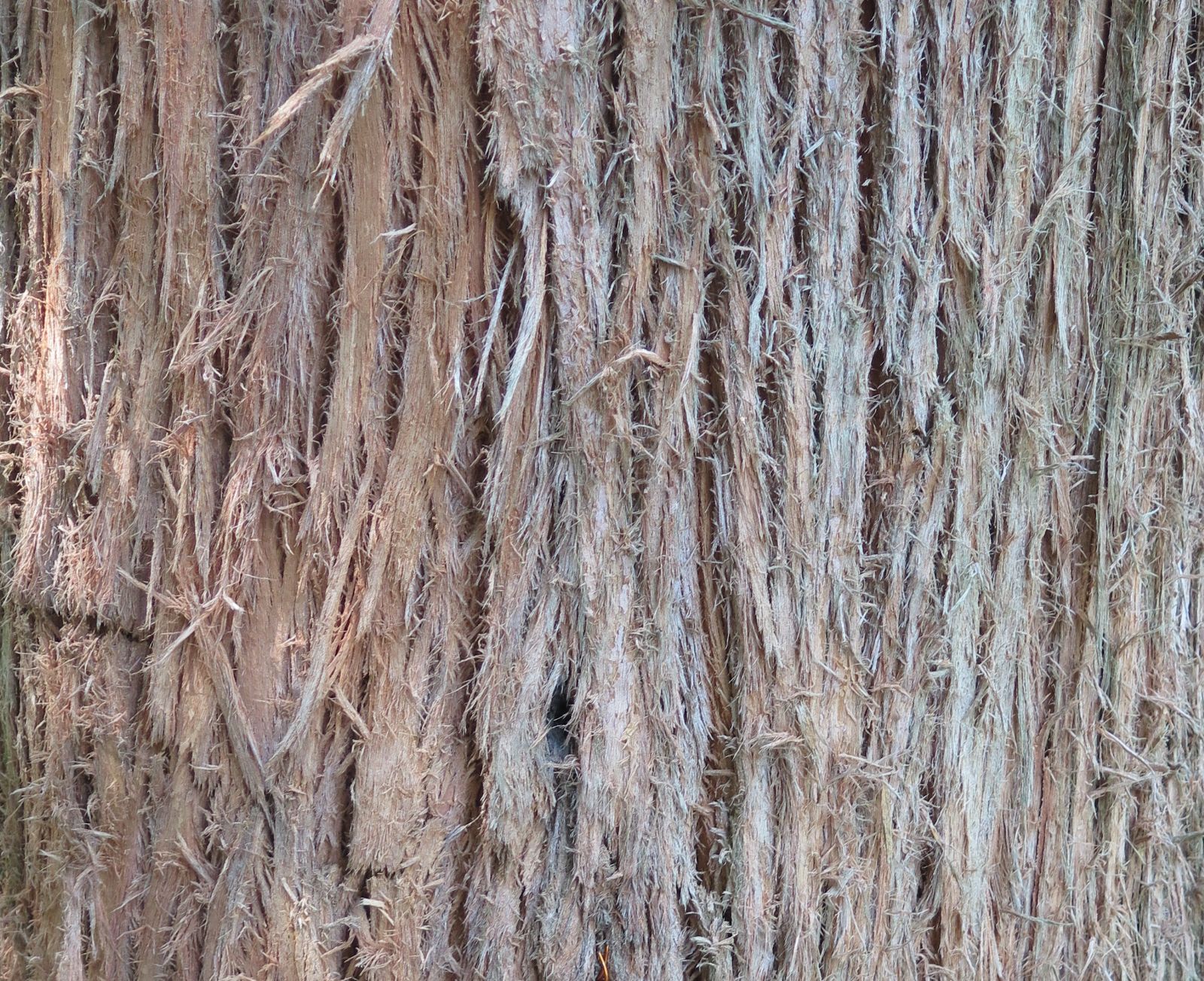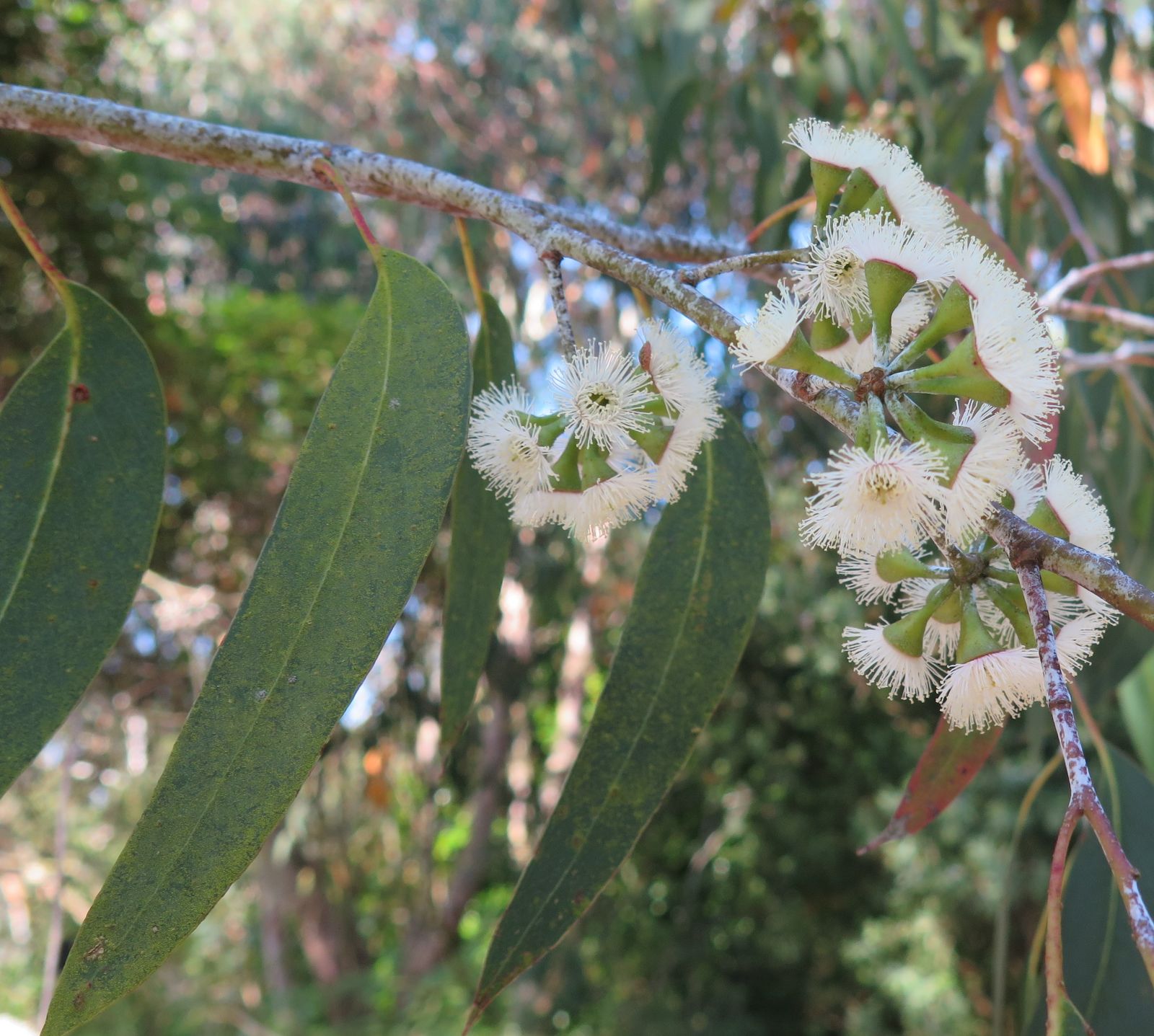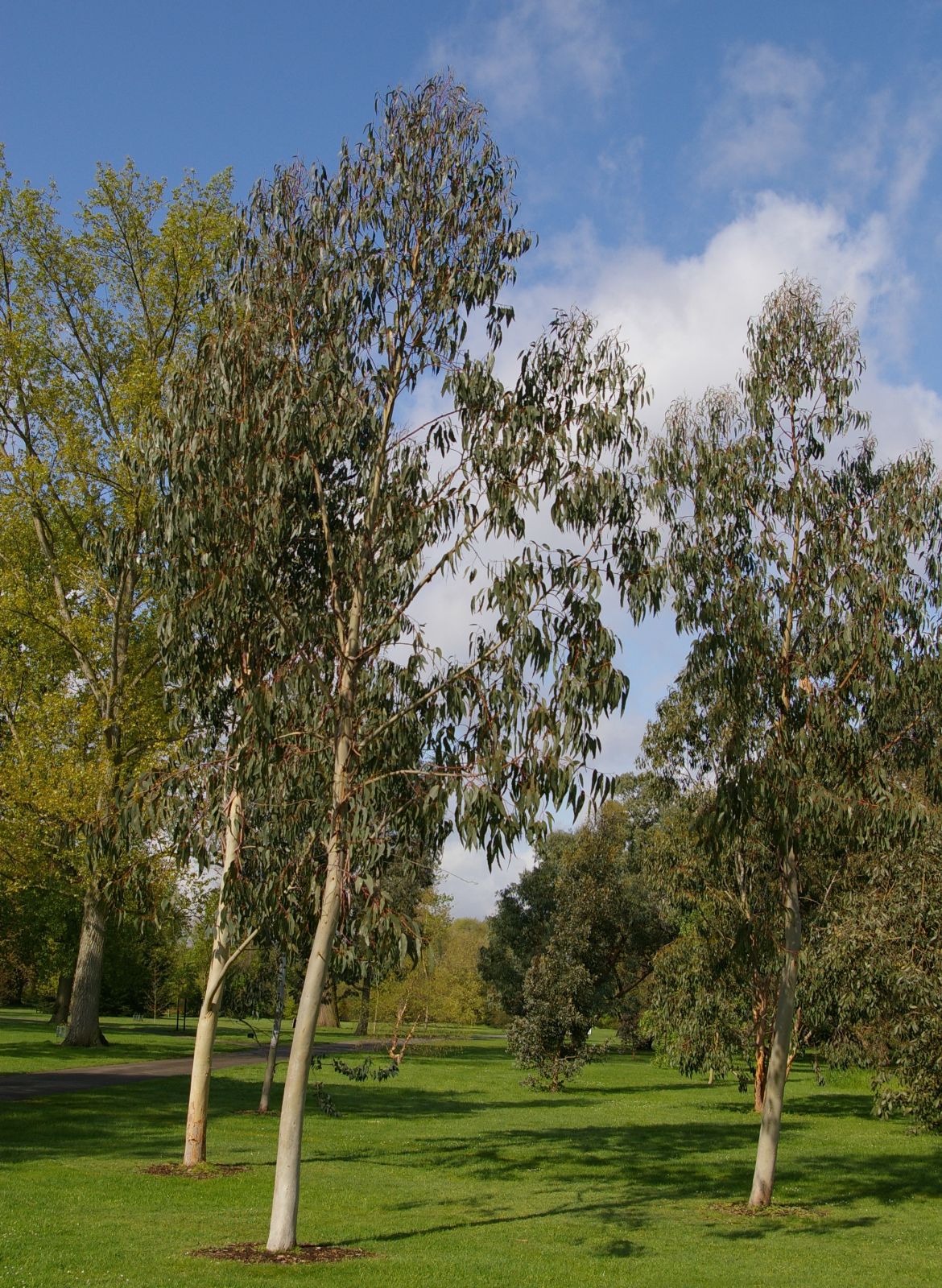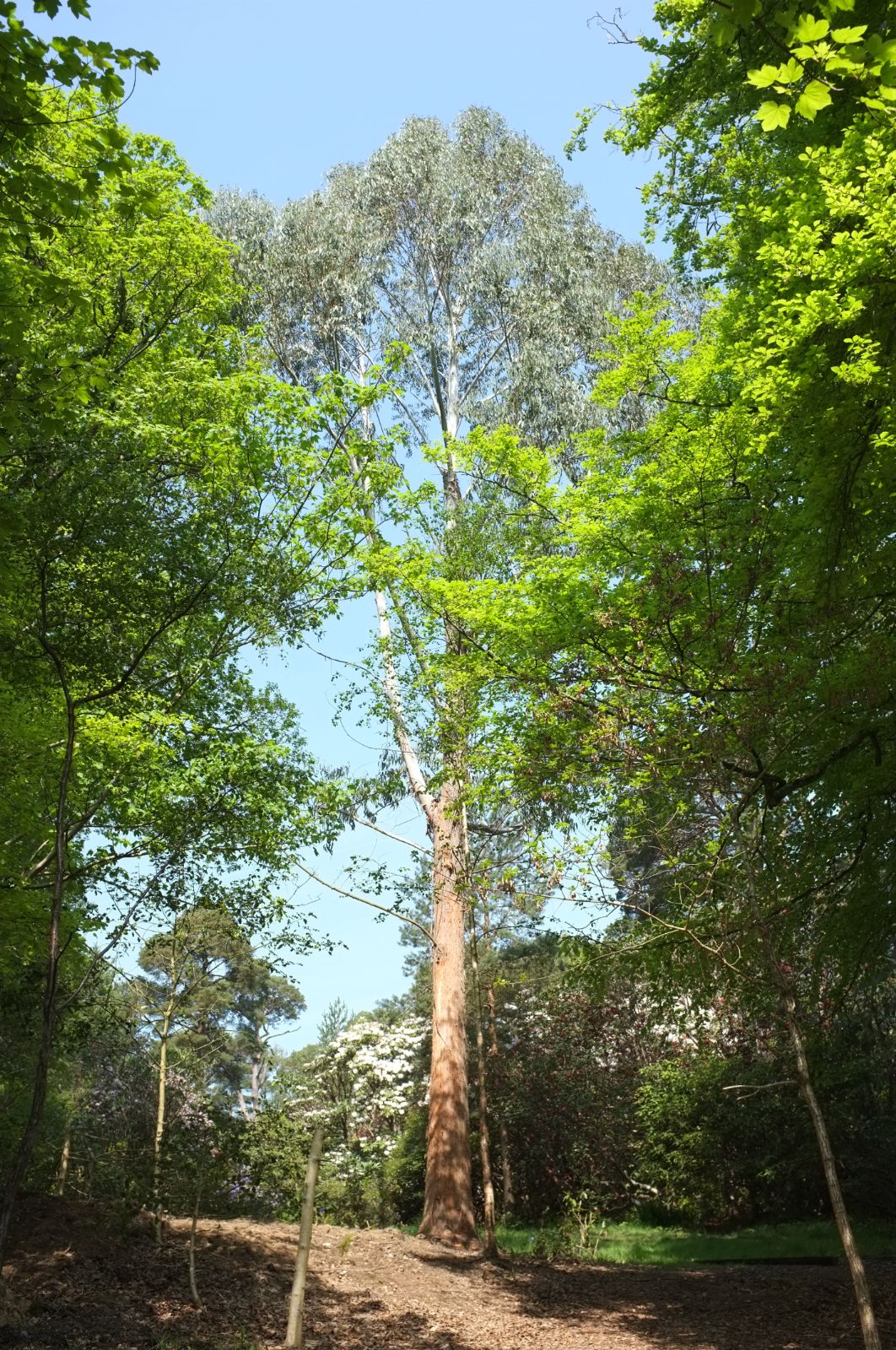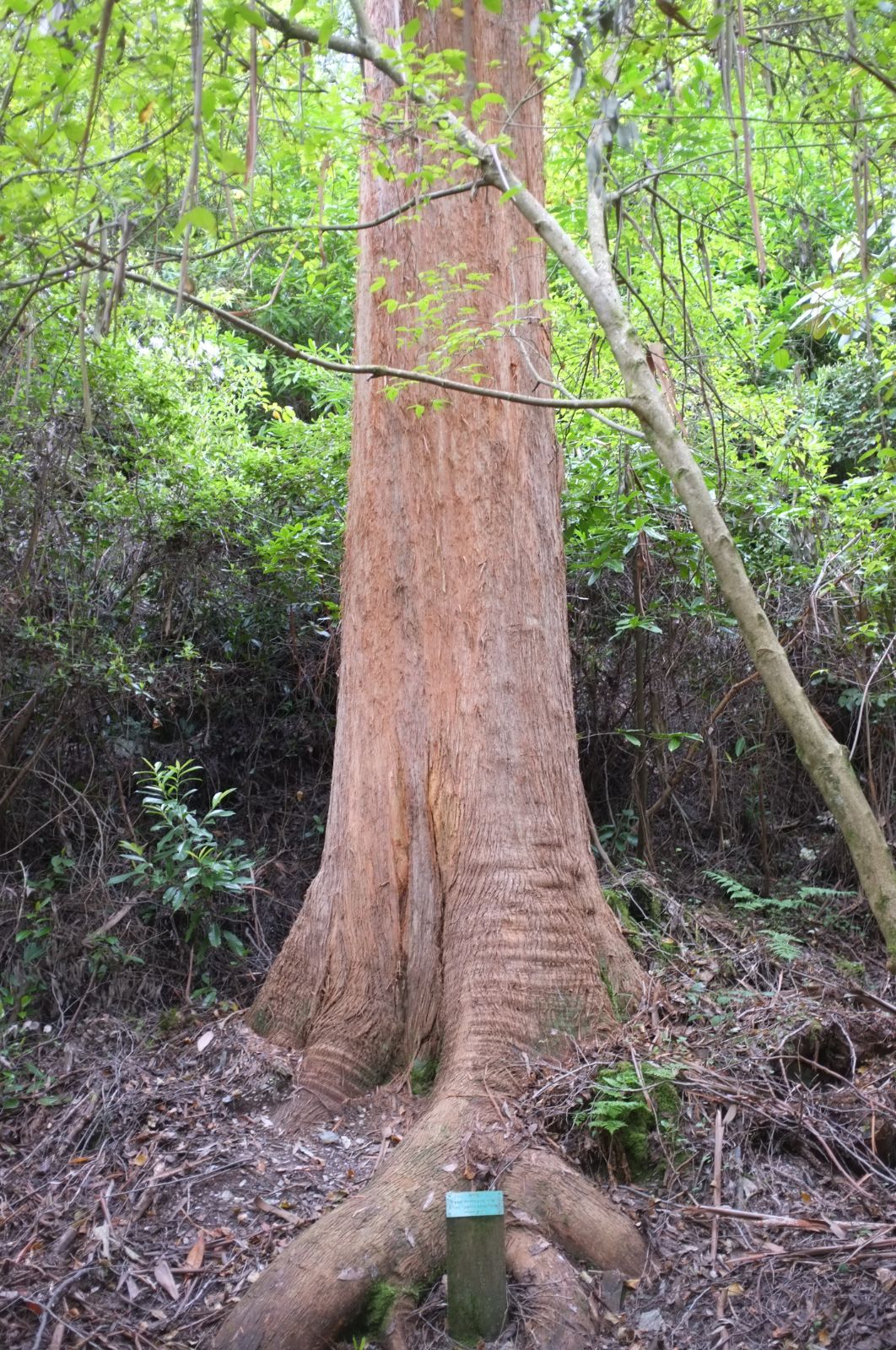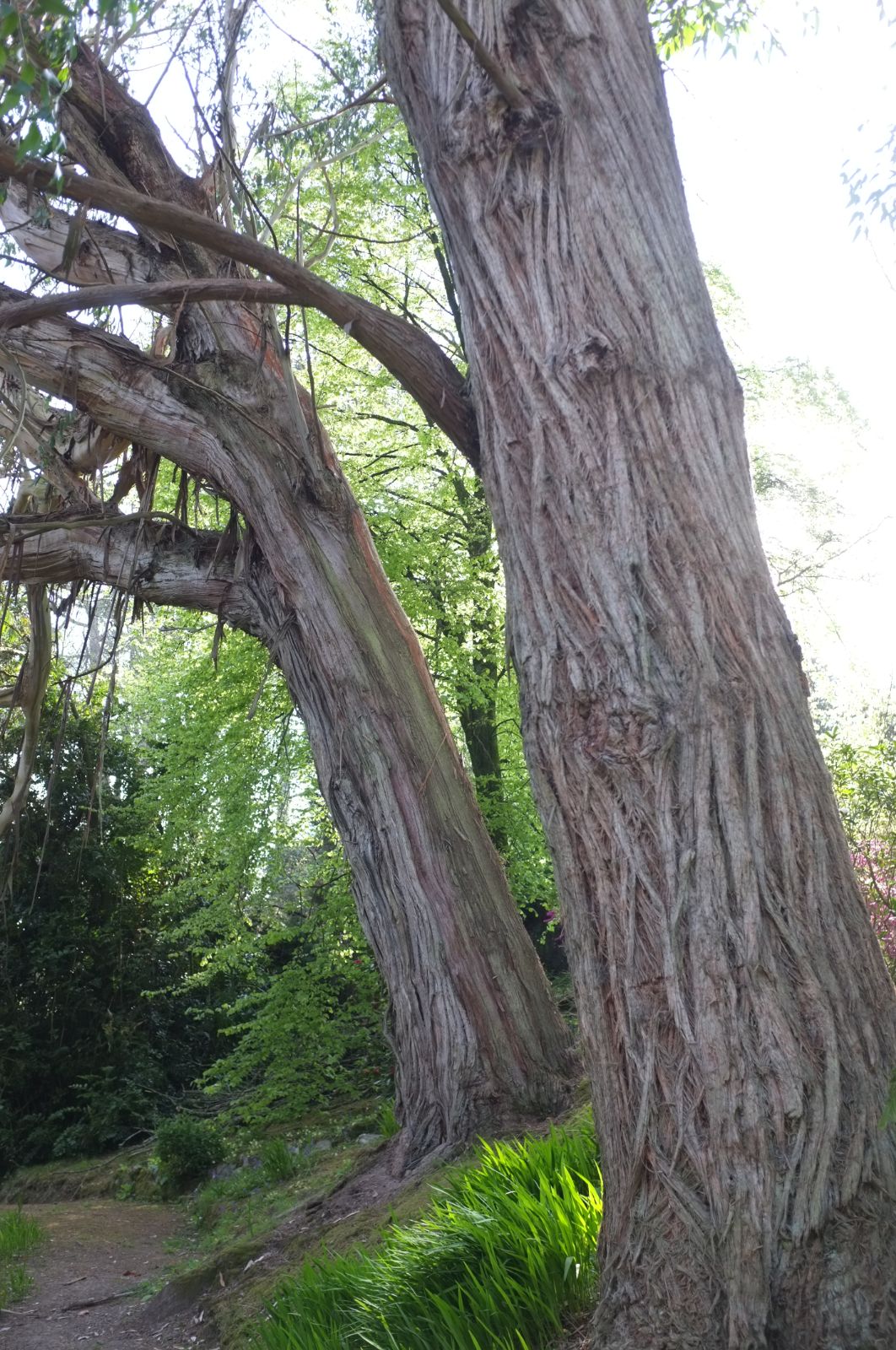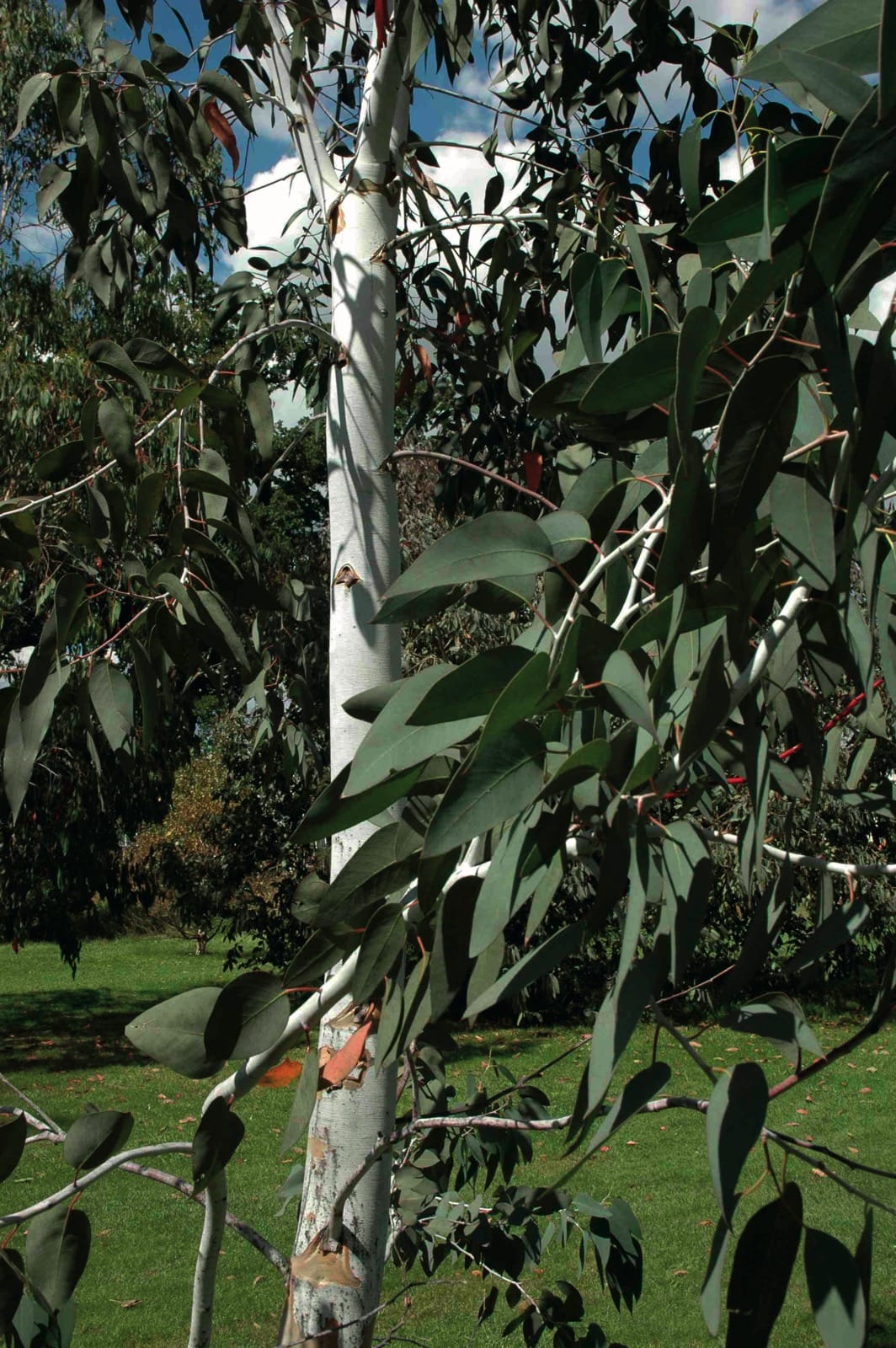Eucalyptus delegatensis
Credits
Article from Bean's Trees and Shrubs Hardy in the British Isles
Article from New Trees by John Grimshaw & Ross Bayton
Recommended citation
'Eucalyptus delegatensis' from the website Trees and Shrubs Online (treesandshrubsonline.
Infraspecifics
Other taxa in genus
- Eucalyptus acaciiformis
- Eucalyptus albida
- Eucalyptus amygdalina
- Eucalyptus archeri
- Eucalyptus blakelyi
- Eucalyptus bridgesiana
- Eucalyptus brookeriana
- Eucalyptus camaldulensis
- Eucalyptus camphora
- Eucalyptus chapmaniana
- Eucalyptus cinerea
- Eucalyptus coccifera
- Eucalyptus cordata
- Eucalyptus crenulata
- Eucalyptus cypellocarpa
- Eucalyptus dalrympleana
- Eucalyptus elliptica
- Eucalyptus fastigata
- Eucalyptus fraxinoides
- Eucalyptus globulus
- Eucalyptus gregsoniana
- Eucalyptus gunnii
- Eucalyptus johnstonii
- Eucalyptus kybeanensis
- Eucalyptus lacrimans
- Eucalyptus laophila
- Eucalyptus leucoxylon
- Eucalyptus macarthurii
- Eucalyptus macrorhyncha
- Eucalyptus mannifera
- Eucalyptus melliodora
- Eucalyptus mitchelliana
- Eucalyptus moorei
- Eucalyptus morrisbyi
- Eucalyptus neglecta
- Eucalyptus nicholii
- Eucalyptus nitens
- Eucalyptus nova-anglica
- Eucalyptus obliqua
- Eucalyptus oreades
- Eucalyptus ovata
- Eucalyptus parvula
- Eucalyptus pauciflora
- Eucalyptus praecox
- Eucalyptus radiata
- Eucalyptus regnans
- Eucalyptus remota
- Eucalyptus risdonii
- Eucalyptus rodwayi
- Eucalyptus rubida
- Eucalyptus saligna
- Eucalyptus sideroxylon
- Eucalyptus stellulata
- Eucalyptus subcrenulata
- Eucalyptus tenuiramis
- Eucalyptus urnigera
- Eucalyptus viminalis
A tall tree, reaching 200 ft or more in the wild, with a straight, clean trunk and open crown; bark on lower part of trunk rough and fibrous, but smooth and deciduous in the upper part, where it is whitish or bluish grey and shed in thin, longitudinal strips; branchlets glaucous or dark red. Juvenile leaves opposite for three or four pairs only, then alternate; they are broadly lanceolate, stalked, thick and rather glaucous; fully adult leaves alternate, stalked, lanceolate, 3 to 7 in. long and up to 2 in. wide, often curved; dull green or slightly glaucous, with conspicuous venation. Flowers in umbels of seven to fifteen on a stout common-stalk 2⁄5 to 4⁄5 in. long; buds club-shaped, with a hemispherical or conical operculum shorter than the calyx-tube, which is glaucous on the outside; anthers reniform. Fruit stalked, top- or pear-shaped, about 3⁄8 in. long; valves level with the rim of the tube or enclosed.
Native of the mountains of Tasmania and the south-eastern parts of the mainland, found at 3,000 to 4,500 ft in Victoria and 1,000 to 3,000 ft in Tasmania; the date of introduction is uncertain, but before 1907. It yields a good timber, marketed as Australian or Tasmanian oak. There are two large specimens at Mount Usher, Co. Wicklow, Eire, planted in 1905 and measuring 98 × 63⁄4 and 96 × 93⁄4 ft (1966). It is growing well at Crarae on Loch Fyne, Argyll, where a specimen planted in 1946 measures 62 × 31⁄4 ft (1969). Young plants came through the winter of 1962–3 at Glendoick, E. Perthshire, and Malahide Castle, near Dublin.
From the Supplement (Vol. V)
specimens: Kilmun, Argyll, pl. 1950, 72 × 91⁄2 ft (1978); Crarae, Argyll, pl. 1946, 75 × 33⁄4 ft (1976); Logan Botanic Garden, Wigt., 48 × 23⁄4 ft (1979); Mount Usher, Co. Wicklow, Eire, pl. 1905, 98 × 63⁄4 ft and 96 × 93⁄4 ft (1966).
From New Trees
Eucalyptus delegatensis R.T. Baker
Alpine Ash
This species was described by Bean (B131) and Krüssmann (K48).
subsp. tasmaniensis Boland
Subsp. tasmaniensis differs from typical E. delegatensis in that the seedlings have warty stems with conspicuous oil glands, and circular leaves with a prominent drip-tip; adult leaves 5–17 × 1.1–3.6 cm. Typical E. delegatensis seedlings, by contrast, have smooth stems and broadly lanceolate leaves; adult leaves 9–22 × 1.3–4 cm. Chippendale 1988. Distribution AUSTRALIA: Tasmania (incl. Maria Is.). Habitat Subalpine areas. USDA Hardiness Zone 8–9. Conservation status Not evaluated. Illustration NT339.
This is one of the most attractive of hardy gums, both in the wild and as young plants in cultivation (earning the comment ‘stunning!’ in notes made at Kew in 2005). The appeal comes from its very white stems, which are covered in a thick layer of wax. Coppicing would no doubt maintain this effect on new shoots; older trees develop a redwood-like fibrous bark that peels in long strips to reveal whitish or greyish blue patches below. There is a young tree at Kew (about 4 m tall in 2005), grown from Tom Hart Dyke’s collection (THD 96) made at 1193 m on the Stacks Bluff Trail in Tasmania in 2002. Other specimens from the same collection are growing at Wakehurst Place, where there are also trees that originate from the Ben Lomond area of Tasmania (ETAZ 74, collected in 2000 by D. Hardman and A. Jackson). Although this is generally considered to be a reasonably hardy plant, at Lullingstone Castle all specimens were killed in November 2005. Where circumstances are more fortunate and it gets away it can grow rapidly and well, and has achieved some 18 m in Oxfordshire, sheltered by other trees (S. Verge, pers. comm. 2007). In Oregon 14 m trees were undamaged by frosts of –8 ºC for several consecutive nights in 2001 (S. Hogan, pers. comm. 2007). It is not tolerant of chalky soils (Gum Group 2007).

